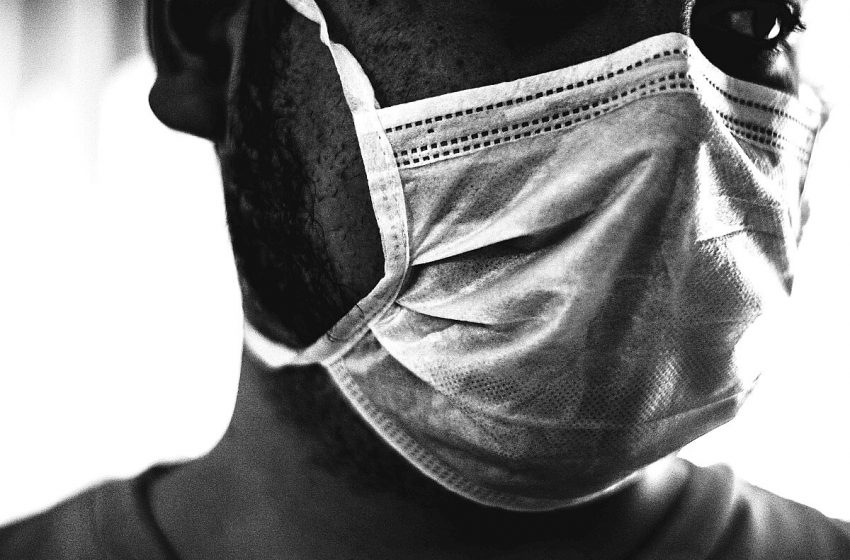
The COVID-19 dilemma: Public health versus the economy
The tradeoff between lost lives during the pandemic and lost livelihoods is often viewed as an all-or-nothing choice between complete lockdown versus zero restrictions. In reality, a balance can be struck.
The fight against COVID-19 is often framed as a trade-off between public health and the economy. Social distancing and lockdowns can minimize widespread infection, prevent hospitals from being overwhelmed, and save thousands of lives. But those same measures will immobilize schools, businesses, and factories, and slow down the economy.
Therefore, society inevitably faces a stark trade-off between lost lives versus lost livelihoods. To work out the trade-offs, we must first put a dollar value on human life. While this may seem unethical, governments, civil courts, regulatory bodies, and companies do it all the time. The very existence of the life insurance industry is testament to the fact that human lives can be measured in dollar terms.
One approach to measuring life, commonly used by economists who conduct cost-benefit analyses, is the “value of statistical life”. It measures the loss or gain that arises from changes in the incidence of death, by eliciting people’s willingness to pay for small reductions in the probability of death, or their willingness to accept compensation in exchange for tolerating a small increase in the chance of death.
For example, if a worker is willing to accept a higher wage salary, e.g. $1,000, for an increase in risk of death of one percent, then it can be inferred that his value of statistical life is $100,000. Similarly, if an employee is willing to pay $100 to install safety equipment that will lower the risk of death by one per cent, then his value of statistical life is $10,000.
Take the example of a complete lockdown. We can estimate the potential number of lives saved – based on infection and fatality rates estimated from epidemiological models – and multiply that by value of statistical life to compute the dollar value of saved lives. If this number exceeds the economic costs of a complete lockdown, then we know that it is desirable.
The tradeoff between lost lives—i.e. public health—versus lost livelihoods—i.e. economy—is often erroneously viewed as an all-or-nothing choice between complete lockdown versus zero restrictions. In reality, there is a continuum in stringency of restrictions – e.g. social distancing, work-from-home rules, and limits on inter-household interaction – as well as degree of lockdowns – e.g. stay-at-home orders, community quarantines, and travel bans.
In fact, looking around Asia and the Pacific, different countries imposed varying forms and degrees of restrictions. India, Malaysia, New Zealand, and the Philippines implemented nationwide lockdowns, severely restricting the movement of residents outside their homes. On the other hand, Japan and the Republic of Korea only encouraged social distancing, while relying on other policy options such as mass contact tracing to contain the coronavirus.
Society inevitably faces a stark trade-off between lost lives versus lost livelihoods.
One can deploy the economist’s tools to analyze and compare a wide range of policy options that range between complete lockdown and zero restriction, to pinpoint the best possible course of action. We make three recommendations for analytically comparing the different policy options available to governments.
First, the value of statistical life approach can be used to inform policymaking in the current outbreak. Moreover, since we now know that COVID-19 predominantly affects the mortality of the elderly and individuals with pre-existing health conditions, an age-adjusted value of statistical life or health-adjusted value of statistical life, both of which reduces value of statistical life by taking into account remaining life expectancy and health status respectively, ought to be used.
Second, activities which are valuable but underpriced ought to be included in the calculation of costs and benefits. Most societies calculate the economic cost of lockdowns in terms of lost GDP and employment. However, cost-benefit analysis should include not only those activities with existing market prices but also those which are underpriced yet valuable. For instance, they should include the value of recreation and leisure, household production, and potential marital and family conflict.
Third, a wider range of policy options should be considered for comparison. For example, given that elderly residents are by far the most vulnerable to COVID-19, mobility restrictions could be targeted at them while allowing other segments of the economy to reopen. Innovative solutions such as wearable contact tracing and cohort-specific social bubbles could also complement mobility restrictions to minimize cross-cohort interactions. No option should be left off the table.
There are a couple of important caveats. First, lives versus livelihood is an incomplete characterization because pandemic containment measures may result in some deaths. For example, economic hardship due to lockdowns may cause deaths, especially in developing countries where government support for economic victims of COVID-19 is limited. Second, a more complete cost-benefit analysis must take into account long-term effects such as long-term impairment of learning and resulting earning losses due to school shutdowns.
Human life may be priceless from a moral perspective but in the real world, we put a dollar value on human life all the time. Ultimately, economists have much to contribute to the on-going debate on saving lives or saving livelihoods. No matter which side of the debate one stands, the economist’s toolbox can help locate a policy bliss point. And the choices need not be dichotomous.
This blog post is part of a series by the Asian Development Bank and Thinking Machines Data Science, Inc.












